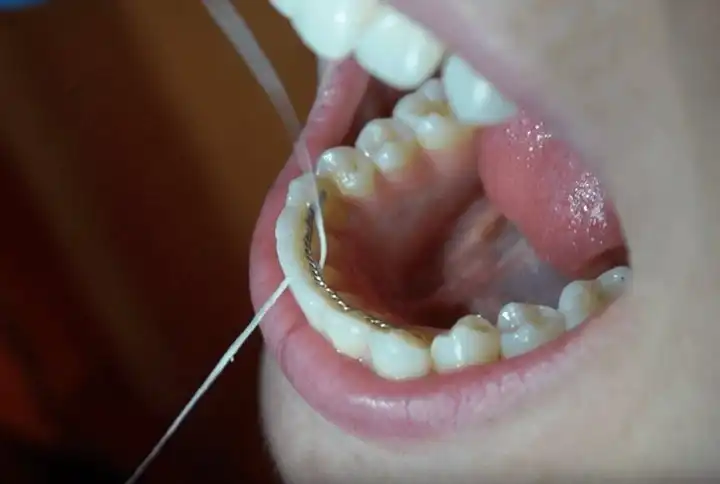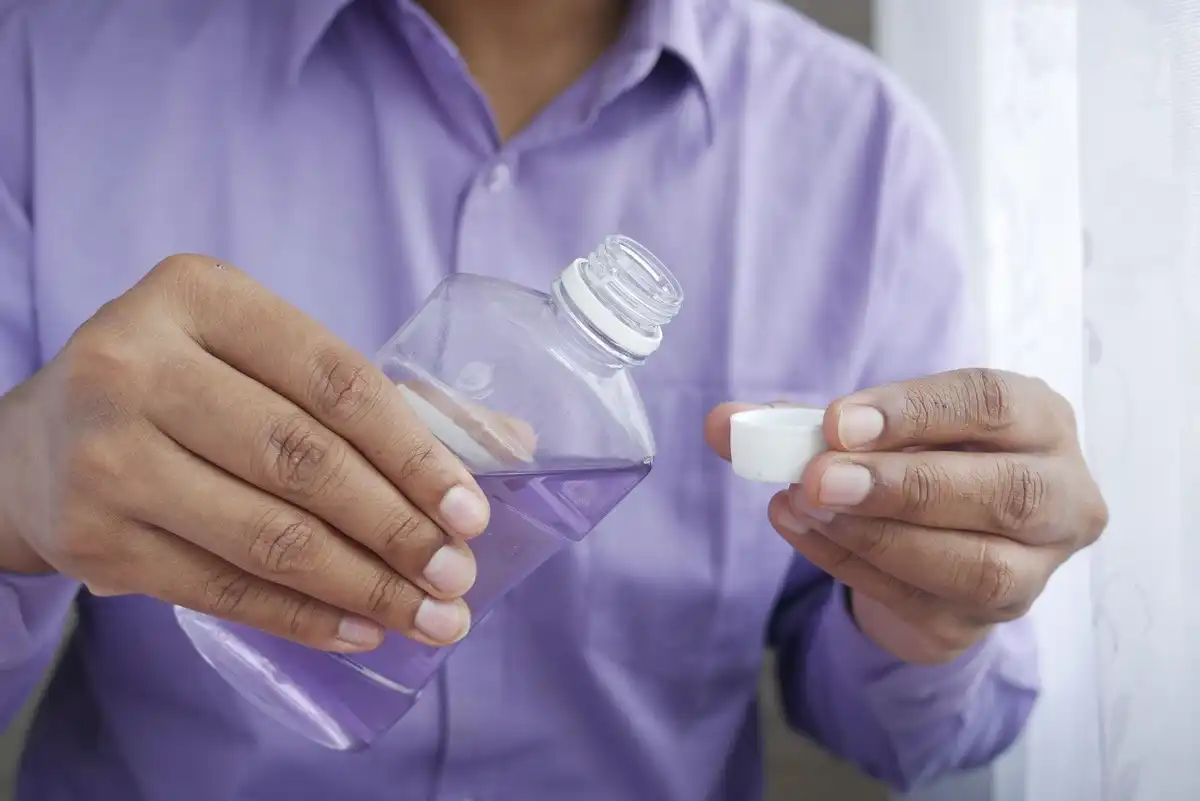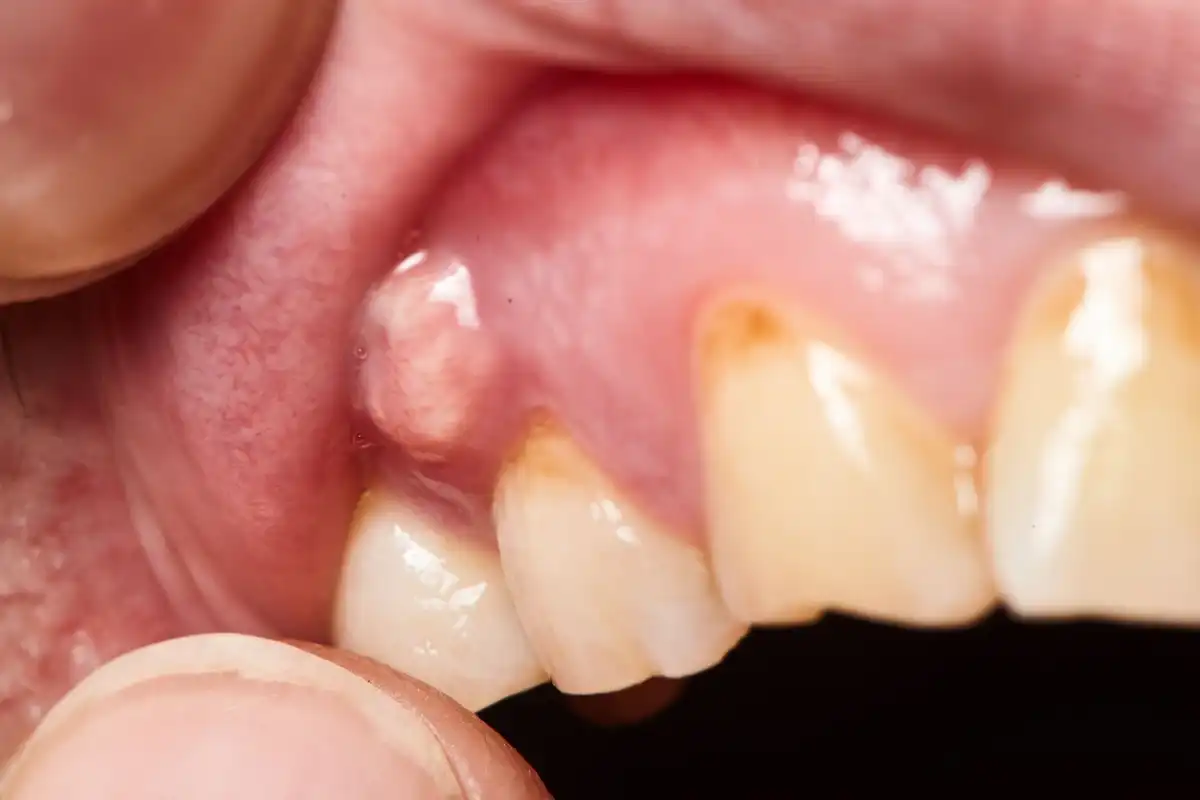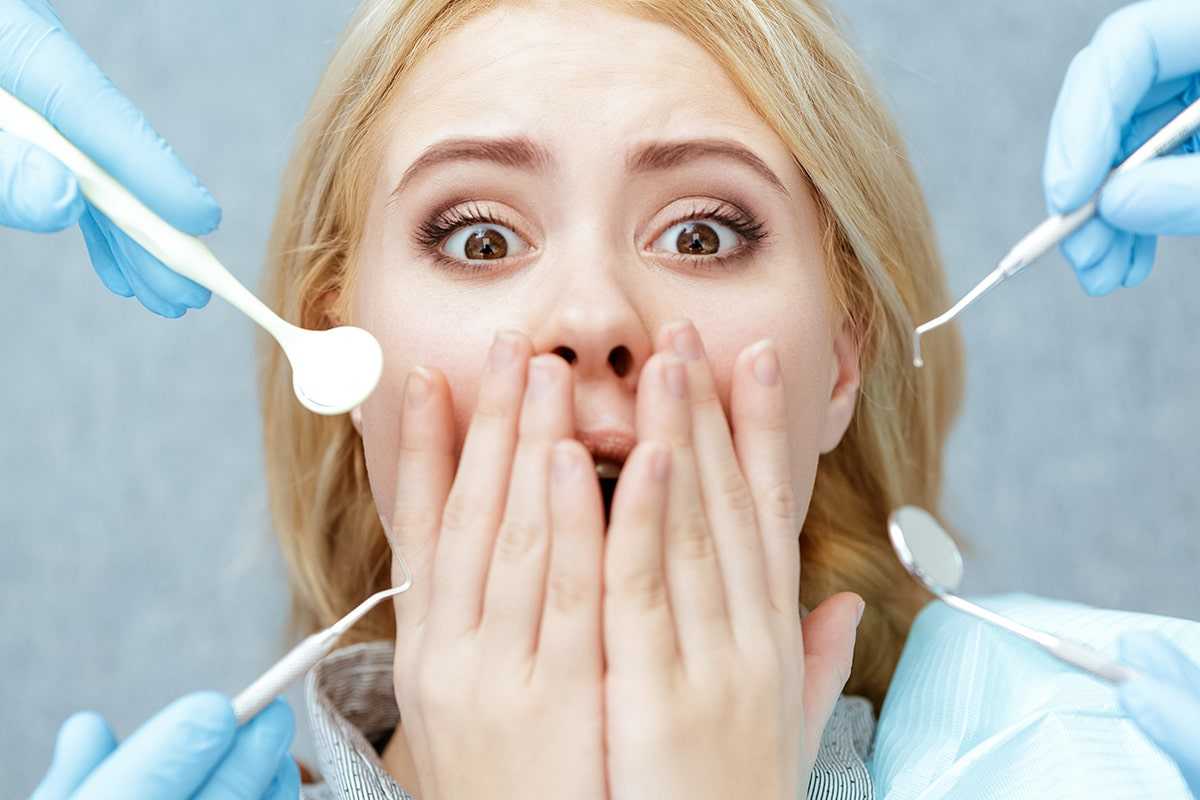Should You Treat Baby Tooth Cavities?

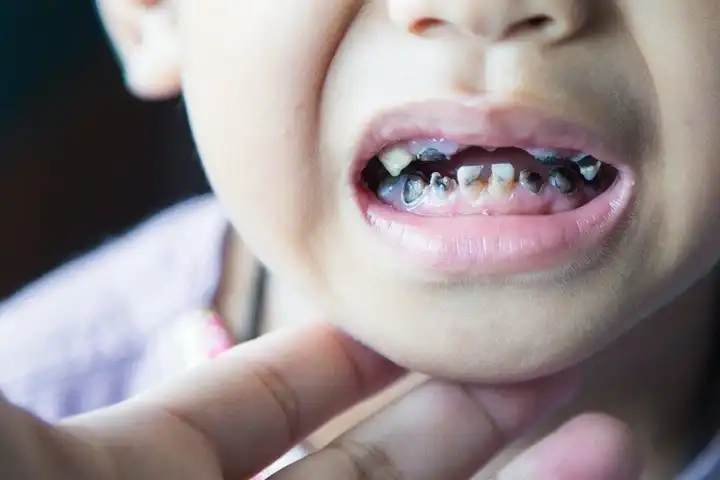
Can Babies Get Cavities?
Any baby, infant, or toddler with teeth is at risk of getting cavities. Sadly, decay in primary or baby teeth can spread extremely quickly. As in quicker than permanent (adult) teeth. Since baby teeth aren’t as dense as their permanent counterparts are, any areas of erosion or demineralization can quickly evolve into a cavity. If that cavity isn’t treated promptly, it will spread deeper into the tooth and cause an abscess. Not to mention “jump” to adjacent teeth. Cavities are bacterial infections, so once any infant gets their first tooth, they’re at risk for tooth decay unless parents provide adequate home care.
What To Do If My Baby Has A Cavity
If you think your baby has a cavity, plan a trip to see a pediatric dentist ASAP. Unfortunately, most cavities aren’t visible until moderate to severe tooth damage has already taken place. A pediatric dentist will have the equipment, training, and resources available to comfortably treat your child’s tooth decay before the infection spreads further.
The earlier you take your child to a dentist for baby tooth decay, the less likely your little one will need serious dental work. Earlier treatment is best. Just keep in mind that baby tooth decay doesn’t improve on its own or stop spreading. It needs to be intercepted by a professional ASAP.
Baby’s with cavities may show signs of drooling, not wanting to eat, swollen gums, earaches, or overall fussiness. If your infant is constantly chewing on their fingers or grabbing at their mouth while fussy, it may be due to baby tooth decay rather than something simple such as teething.
Treatment for Baby Teeth Cavity
The treatment for baby tooth decay is similar to what you might expect in an adult tooth. Depending on how large the cavity is and how far it has spread, the options include a filling, crown (“cap”), pulpotomy, or worst-case scenario, an extraction.
Ideally, your dentist will want to intercept the cavity as early as possible, so that a small and minimally-invasive white filling can be placed. Teeth toward the back of the mouth might get a silver filling if your child has heavy saliva flow.
In cases where the nerve of the tooth is involved, a pulpotomy and crown will help prevent recurring abscesses and preserve the tooth until it’s closer to the time for it to naturally fall out.
An extraction is the last option. Ideally, you want to preserve the baby tooth as long as you can. Removing it will only be recommended for therapeutic purposes if no other restorative option is available. A space maintainer will be needed afterward.
Should I Wait Until The Tooth Falls Out?
You might be saying to yourself, “It would be a whole lot easier if we just pulled the tooth or let it fall out since they’re only going to have it a few more years anyway.”
Waiting for the tooth to fall out will allow the cavity to worsen and spread elsewhere. It’s not a matter of “if” but “how bad.” The decay will eat its way through the tooth into the nerve, eventually cause the tooth to abscess, and can infect the adult tooth underneath it. Adjacent teeth will also become decayed.
If your child is within a few months of losing the tooth anyway, sure, an extraction may not be a big deal. But removing the tooth several months or even a few years ahead of its normal exfoliation cycle (when it’s supposed to fall out) can throw off your child’s entire oral development.
Each baby tooth acts as a placeholder and guide for the adult tooth underneath. The permanent tooth slowly pushes the baby tooth out of place. But if the baby tooth falls out early, the teeth next to it will collapse inward and block the adult tooth; the teeth under them will also become misguided. In a matter of months, orthodontic problems begin to multiply. Even the shape of your child’s jaws and facial bones will be affected.
Baby Bottle Tooth Decay
One of the most common scenarios involving a baby with cavities is a condition that we call “baby bottle tooth decay.” This disease is usually triggered by high-volume, frequent exposure to bottles and sippy cups filled with milk, juice, or other non-water liquids.
Baby bottle tooth decay is typically a result of putting babies to bed with a bottle or sippy cup of anything other than water. OR allowing your toddler to carry one around with them throughout the day, sipping on those liquids during non-meal times.
Since natural sugars in milk and juice are capable of producing acidic byproducts on teeth, prolonged exposure at frequent times throughout the day will gradually erode the enamel. In most cases, baby bottle tooth decay is visible along the infant’s upper front teeth. White or brown spotting is usually visible first, followed by physical signs of openings (decay) in the outer layer of your baby’s tooth enamel.
Preventing Baby Cavities
Good oral hygiene habits should start early. Before your baby has any teeth, use a soft washcloth over your finger or a training toothbrush to gently clean their mouth after feedings or at least twice a day. Especially just before bedtime. Ideally, you don’t want your infant or toddler to go to sleep with milk on their teeth.
As soon as your baby gets their first tooth, plan to brush their teeth twice a day. The ADA recommends using a rice-grain-sized smear of fluoride toothpaste on baby teeth for children under 3, and a pea-sized amount for children ages 3 and over.
Parents, if your child insists on going to bed with or carrying a cup/bottle throughout the day, only fill it with tap water. Nutritionally, they do not need to have milk or juice between meals.
Since juice is high in natural sugars, consider watering it down and only serving it once a day with a meal. The food will help to neutralize acid production, lowering your child’s risk for decay.
Encourage toddlers to drink tap water throughout the day, as it has regulated fluoride levels for strong tooth and bone development. Commercial bottled waters are usually not regulated for mineral content.
Your pediatric dentist can also apply special fluoride to help remineralize baby teeth, reversing the decay process before a physical cavity has formed.
When Should My Baby’s First Dental Visit Be?
Finally, the most important thing you can do to encourage healthy oral development and reduce the risk of baby tooth decay is to take your child to a pediatric dentist before their 1st birthday. Pediatricians and pediatric dentists recommend that every child see a dentist for an exam as soon as the first tooth appears, or no later than 1 year of age.
These early dental visits are primarily preventative and educational in nature. They allow your pediatric dentist to screen for concerns while they’re small. Parents and caregivers will also gain important knowledge as it relates to their child’s home care, preventative techniques, and concerns that need to be addressed.
While some general dentists see preschoolers, most family dental practices recommend taking your baby to a pediatric dentist. Pedodontists are experts when it comes to treating baby tooth decay, behavioral management, and the unique needs that a small mouth requires during care.
Early Childhood Caries Recap
Baby tooth decay is one of the most common childhood illnesses to impact infants and toddlers. Fortunately, it can be prevented with good dietary practices and brushing your baby's teeth twice a day with a fluoride toothpaste. But if you think your infant or toddler has a baby cavity, you need to bring them to a pediatric dentist as quickly as possible. Treating the cavity while it’s small will help prevent it from causing an abscess, damaging the adult tooth underneath, or infecting adjacent teeth. Most importantly, it will help keep your child out of pain and the hospital. Pediatric dentists are the best providers for treating baby tooth decay. Although you may be able to take your baby to a family dentist for a screening, they will likely refer you to a pediatric specialist if your infant or toddler needs treatment. By eliminating the baby cavity quickly, you can help your child enjoy healthier oral development, tooth alignment, speech patterns, and self-confidence as they grow older.
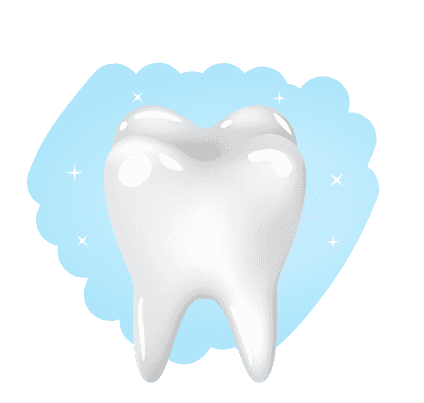
Make your inbox smile!
Subscribe


